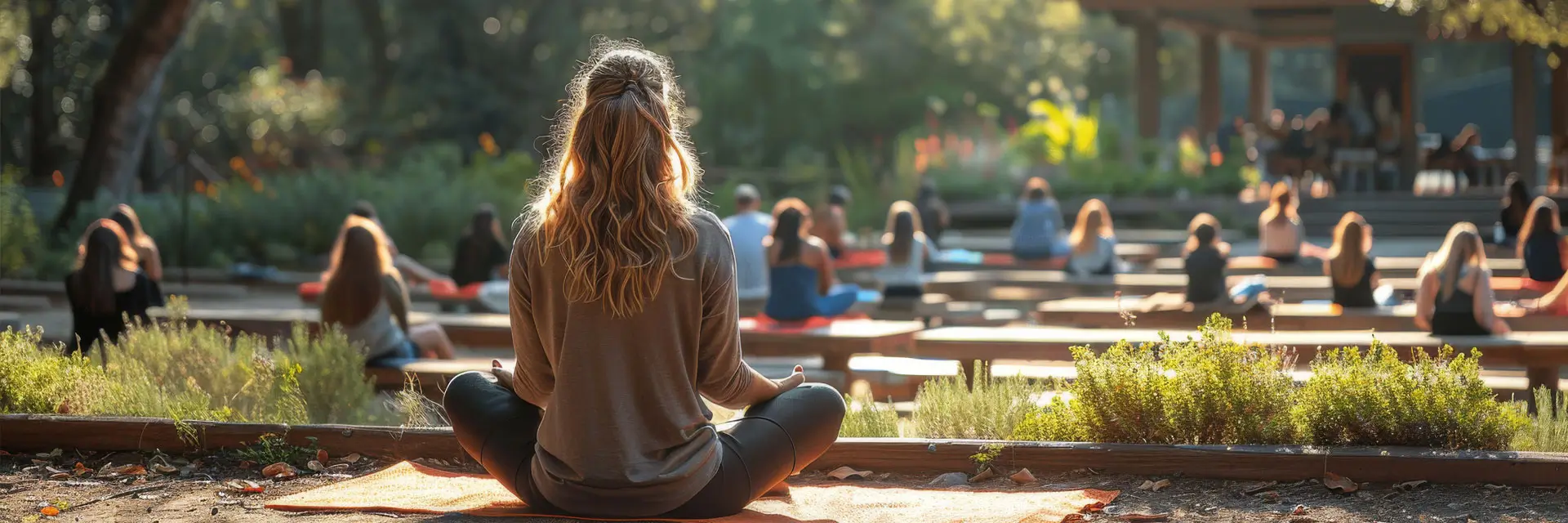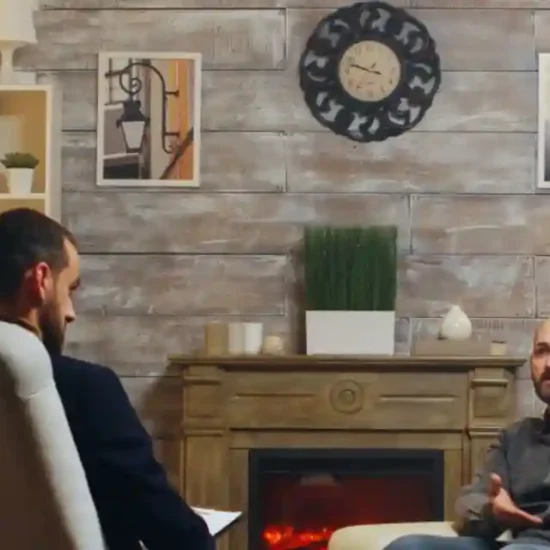Stepping into silence can be transformative in a world filled with constant noise and endless distractions. Silent retreats let you step away from the noise and focus deeply on yourself. But what is a silent retreat, and how can it help bring clarity, peace, and perspective? Let’s break down everything you need to know before you go, so you feel prepared and excited for the experience.
What is a Silent Retreat?
A silent retreat is a program where you stay silent for a set period, usually from a few days to several weeks. This means no talking, no digital devices, and few distractions. The aim is to develop inner peace, self-awareness, and mindfulness by focusing inward without interruptions. Silence helps people connect deeply with their thoughts, emotions, and surroundings.
Silent retreats often take place in serene environments, away from the hustle of daily life. These locations may be meditation centers, monasteries, or nature-focused spaces where the peaceful atmosphere supports the silence. Guided meditations, simple meals, and designated times for relaxation are typically part of the experience.
Many silent retreats are rooted in various spiritual traditions, especially Buddhism and other contemplative practices, but secular options are also widely available. Whether someone is seeking spiritual growth, stress relief, or personal insight, a silent retreat can offer a powerful path forward.
What is it Like to Be on a Silent Retreat?
The experience of being on a silent retreat varies for everyone, but there are some common themes most participants encounter. At first, the silence may feel unusual or even uncomfortable. People often struggle with the absence of familiar distractions and the need to confront their thoughts and emotions without avoidance.
During a silent retreat, participants follow a structured schedule that usually includes:
- Meditation Sessions: Several hours of meditation each day to foster mindfulness.
- Mindful Walking: Time spent walking in nature or through peaceful environments, focusing on each step.
- Reflection: Journaling or mentally processing emotions without verbal expression.
- Simple Living: Eating simple, nourishing meals, and participating in light chores to maintain the retreat center.
As days pass, the initial discomfort usually gives way to profound peace and clarity. With no one to talk to and no screen to scroll, many people find that they can finally listen to their inner voice. This process often brings up deep emotions, sometimes joy and other times sadness, but ultimately leaves participants feeling more grounded and in tune with themselves.
Benefits of a Silent Meditation Retreat
Silent retreats offer many mental, emotional, and physical benefits that often have lasting effects on participants. Research supports these benefits, showing how silence and meditation can positively impact overall well-being. Here are some main benefits:
- Mental Clarity: Silent retreats encourage deep reflection and allow participants to sift through mental clutter. Studies have shown that mindfulness practices like those in silent retreats can reduce stress and improve focus (National Institutes of Health, 2018).
- Emotional Healing: The practice of sitting in silence and observing one’s thoughts allows unresolved emotions to surface and be processed. For many, silent retreats become an opportunity for deep emotional release.
- Physical Health: Silent retreats, with their focus on relaxation and mindfulness, can reduce stress and, in turn, lower blood pressure and decrease the risk of stress-related illnesses (American Psychological Association, 2019).
- Improved Mindfulness: By practicing silence and mindfulness, participants become more aware of their actions and surroundings, helping them make more conscious choices even after the retreat.
A study published in JAMA Internal Medicine found that mindfulness meditation can improve symptoms of anxiety and depression, which are often targeted in silent retreats.
How to Prepare for a Silent Retreat
Preparation is key to fully benefiting from a silent retreat, especially if it’s your first time experiencing extended silence. Here are some useful tips to get the best out of your experience:
- Mindset: Go with an open mind and a willingness to confront discomfort. Recognize that it’s normal to feel restless at first.
- Practice Meditation: Begin meditating for a few minutes each day leading up to the retreat. This practice helps ease you into extended meditation periods.
- Limit Technology: Start cutting down on screen time a few days before your retreat to make the digital detox easier.
- Packing Essentials: Pack comfortable clothing, such as soft, loose-fitting attire that’s ideal for meditation and quiet time. Bring a journal and pen, as some retreats allow journaling to help process your thoughts. Earplugs can also be useful to buffer any background noise.
FAQs
Q: What rules apply during a silent retreat?
A: During a silent retreat, participants observe silence, avoiding all verbal communication. Technology use is generally restricted, with no phones, laptops, or social media. Distractions like reading or writing may also be discouraged, allowing complete focus on meditation, reflection, and mindfulness. Guidelines vary, but respect for silence and others is key.
Q: Why do people choose silent retreats?
A: People choose silent retreats to disconnect from daily noise and distractions, seeking inner peace and clarity. Silence allows deep self-reflection, emotional healing, and stress reduction. These retreats offer a unique chance to practice mindfulness, improve mental focus, and connect with inner thoughts without external interruptions, making it transformative.
Q: Are phones allowed during a silent retreat?
A: Most silent retreats prohibit phone use to maintain a distraction-free environment. Participants are encouraged to disconnect from technology to immerse themselves fully in the experience. By avoiding phones, guests can focus on personal growth, meditation, and mindfulness practices without the urge to check messages or browse online.
Q: Is reading allowed during a silent retreat?
A: Reading is often restricted during a silent retreat to support total mindfulness and self-reflection. By removing distractions, participants focus solely on their thoughts and emotions. This quiet environment encourages deeper meditation and inner clarity, helping people engage in the retreat’s purpose without external input from reading material.
Q: Is it possible to do a silent retreat at home?
A: Yes, it’s possible to create a silent retreat at home with preparation. Set aside uninterrupted time, limit technology, and dedicate the space to meditation and reflection. Creating a peaceful, quiet environment and following a structured schedule of silence can help you experience the benefits of a silent retreat.
Conclusion
After understanding what is a silent retreat we know it can be a powerful experience, giving you a break from the world’s noise and a chance to reconnect with yourself. If you’re seeking clarity, healing, or just a peaceful escape, a silent retreat could be ideal. Knowing what to expect and how to prepare will help you start this journey confidently and explore the benefits of silence.
Ready to experience the power of silence? Visit BHouses to learn more about silent retreats, explore their benefits, and discover how they can help you find peace, clarity, and connection within. Start your journey to inner tranquility today.










